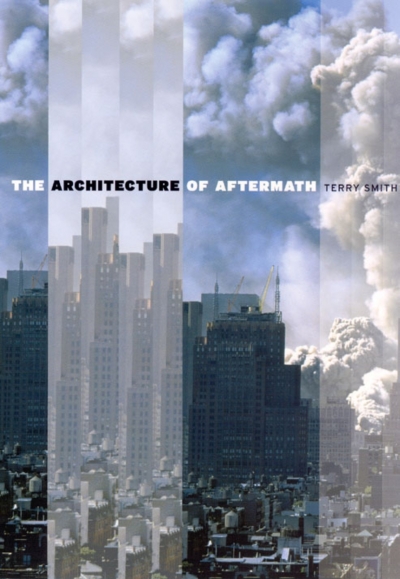Architecture
A Singular Voice: Essays on Australian art and architecture by Joan Kerr edited by Candice Bruce, Dinah Dysart, Jo Holder
by Susan Steggall •
Securing the Past:: Conservation in art, architecture and literature by Paul Eggert
by Robyn Sloggett •
Modern Times: The untold story of modernism in Australia edited by Ann Stephen, Philip Goad and Andrew McNamara (eds)
by Sarah Scott •
Building a Masterpiece: The Sydney Opera House edited by Anne Watson
by Sylvia Lawson •
The Architecture of Neil Clerehan by Harriet Edquist and Richard Black
by Dimity Reed •
A City Lost and Found: Whelan the Wrecker's Melbourne by Robyn Annear
by Ian Morrison •









